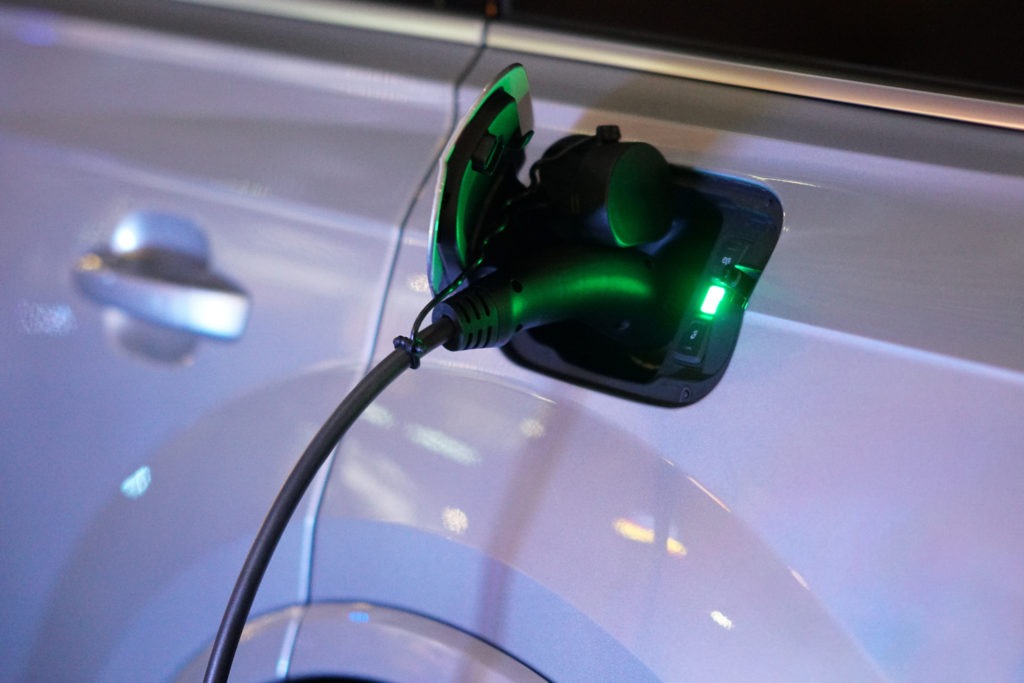UK charging infrastructure not keeping pace with BEV ownership
03 December 2021

Analysis by the Society of Motor Manufacturers and Traders (SMMT) has found that between 2019 and 2020, the ratio of charging points for both battery-electric vehicles (BEVs) and plug-in hybrids (PHEVs) available in the UK deteriorated by 31%
In fact, the SMMT’s findings revealed that at the end of 2020, the number of public chargers fell to 16 vehicles per charging point, as opposed to 11 in 2019.
Figures for charge points are distinctly at odds with the general trend for sales of BEVs and PHEVs in the UK. Electrically-chargeable vehicles (EVs) accounted for one-in-six of every new car registered in 2021, and research suggests that the infrastructure required to support the upward trend of BEV and PHEV sales is not keeping pace.
The UK’s ratio of plug-in vehicles to available public charge points is currently one of the worst when compared to fellow top-ten global EV markets. Between January and September 2021, just one new standard charge point was installed per 52 newly-registered plug-in vehicles.

Across the UK there are considerable variations between charge point availability. London has one of the highest vehicle-to-charging point ratios, coming in at 10:1 EVs to chargers, however, this was previously at 5:1 in 2019. Wales exceeds the UK-wide average, with a 12:1 ratio, and Scotland numbers 17:1. Conversely, the east of England has the lowest availability of charging infrastructure with a ratio of 49:1, and the south-west 44:1.
‘Recent government funding for infrastructure was welcome but more private sector investment in public charge points is needed across the country,’ commented Mike Hawes, SMMT chief executive.
‘The UK, therefore, needs a framework of regulation that makes it easier to fund, build and operate EV charging infrastructure. Consequently, we need commensurate and binding targets for charge point rollout and reliability so that all those without a driveway or designated parking can be confident of finding a convenient charger, and one that works.’
Hawes’ comments underline the fact that most current BEV owners charge their vehicles at their own property, on a driveway or designated parking bay. The SMMT believe that key to the government’s Net-Zero plans is enabling all drivers to make the switch to a BEV, including those who depend on on-street parking.
More investment needed
The government’s Rapid Charging Fund is allocating £950 million (€1.1 billion) to install rapid and ultra-rapid charging points, and providing £620 million for zero-emission vehicle grants and general charging infrastructure announced in the Net-Zero Strategy. It has also recently been made official that that all new-build homes will include an electric vehicle charging point.
Despite this government investment, the SMMT believes that the numbers are insufficient, and to keep up with consumer demand and projected market behaviour, more regulatory action is key to boosting public charge point provision with binding targets for delivery. Also the policy of instilling new-home charger provision will not account for the millions of existing households that do not have a driveway or designated parking.
‘Appetite for EVs has never been higher,’ stated Hawes, ‘but making Britain a net-zero nation means convincing everyone, wherever they live, that an electric car can meet their needs. Those who can’t have their own home charge point need the confidence that they can still charge as conveniently as they can refuel. A deteriorating ratio of public charge points to cars will drain that confidence.
‘Decarbonising road transport is essential if we are to address climate change, but it needs a framework that compels all sectors to match the investment already being made by automotive to help consumers decarbonise their lives.’



